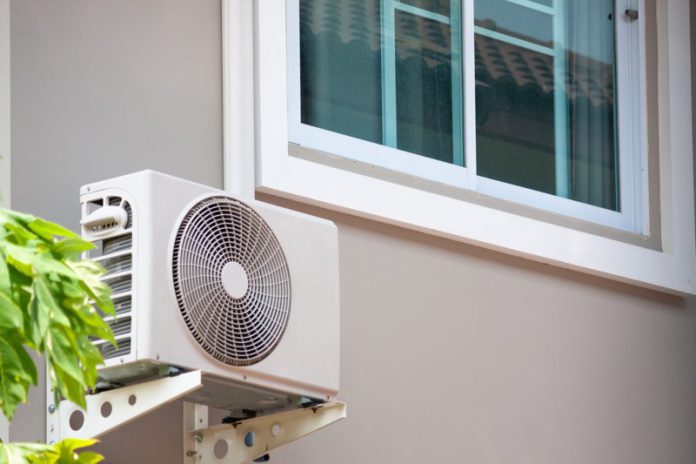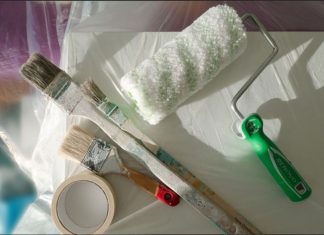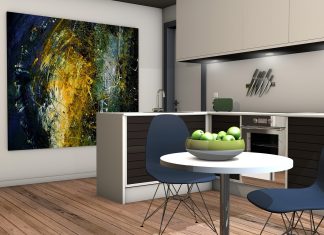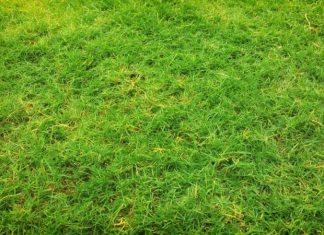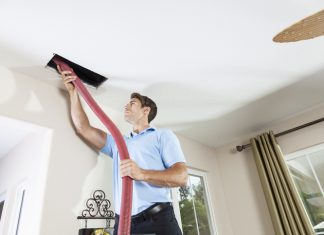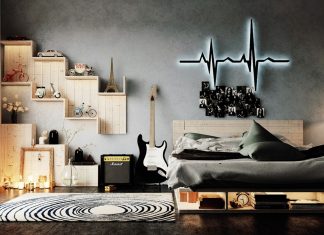Beat Allergy Season With Help From Your Heating And Cooling System
Spring and summer are brutal seasons for seasonal allergy sufferers. All that pollen means itchy eyes, runny noses, coughs, and more. And, being inside doesn’t help. But, your heating and cooling system can help alleviate those systems!
Everyone tracks pollen into the house. But once your windows are closed for the season, those tiny particles have no way back out. So, they build up inside your home, along with pet dander, dust, and other irritants.
It’s also a big problem for people with asthma. These tiny contaminants will also cause asthma attacks.
But don’t worry: You can still breathe easy at home this allergy season! We’ll explain how, from cost-free and inexpensive tips to easy routines and, finally, what to buy if you need more help.
Three Easy, DIY Tips For Getting Rid Of Allergens
You can significantly reduce the amount of allergens in your home with these DIY tips:
Get Rid Of Decorative Pillows And Fabric Curtains
They may look great, but they’re a breeding ground for dust mites and havens for pollen. And, you usually can’t wash these. So, you’re stuck with whatever is building up on them.
Use A Bagged Vacuum CLeaner With A HEPA Filter
Bagless vacuums are popular because they’re easy to empty, and you don’t have to buy more bags for them. But, when you empty them, you’ll release dust and allergens back into the air. Instead, go with a bagged model that comes with a HEPA filter. The industrial-grade filter traps microscopic contaminants.
Run Your Air Conditioning In The Summer
Two advantages here: First, you’ll keep your windows closed, which keeps pollen outside. Second, the air conditioner also dehumidifies the air. Dust and pollen attach to water droplets in the air, so you end up breathing them in. When the air is dry, those tiny particles drop to the ground instead.
Regular Routines To Keep Your Home Allergen-Free
Next, establish a routine to keep all those allergens at bay. Here’s what to put on your schedule:
Change Your Furnace Air Filter Every Two Weeks
The air filter in your furnace traps dust and dirt as it passes through the vents. But, when it gets too full, that dust shakes off and circulates back through the house. Most filters need changing every month. But, change that to every two weeks for extra protection against dust and allergens.
Clean Linens Every Week
Wash all your sheets and pillowcases once a month in your washing machine’s hottest settings. This schedule reduces allergen buildup, and the hot water kills off dust mites and other tiny pests.
Dust Surfaces With A Damp Cloth
During your weekly cleaning routine, use a damp cloth to wipe down countertops, windowsills, fan blades, and the tops of doors and door frames. That captures the dust instead of merely displacing it.
And, always start with the fixtures closest to the ceiling and work your way down. That way, any remaining dust falls down, where you’ll wipe it up as you go.
Using Filters And Air Purifiers To Improve Your Indoor Air Quality
If you’re still struggling with seasonal allergies or asthma at home, it’s time for the big guns: more robust air filters and new appliances that will clean the air in your home better than ever before.
Air Filters
You can upgrade from the standard one-inch furnace filter to stronger models that trapper smaller particles. They’re a little more expensive but make a huge difference. But, check your furnace’s requirements first. If you install a filter that’s too strong, your HVAC system can’t circulate air through it, and you’ll end up with weak heating or cooling.
Air Purifiers
The best air purifiers on the market eliminate everything from dust and pollen down to mold spores and even bacteria and virus particles. You’ve probably seen ones that plug into the wall and treat a single room. But there’s much better out there.
A whole-home air purifier hooks up to your HVAC system and cleans the air as it passes through the ductwork.
First, the air passes through the strongest air filter available — one that can trap even the most minuscule particles. The purifier comes with a separate blower motor, so you don’t lose circulation.
Then, these systems use UV or UVC lights to neutralize and eradicate toxic and organic contaminants on the filter. The result is super-clean air blowing back into your home.
These air purifiers are a considerable investment, but they’re also amazingly effective. So, we recommend starting with those DIY tips and cleaning routines. Then, if you still need more, talk to your HVAC contractor about the best air purifier options for your home.
